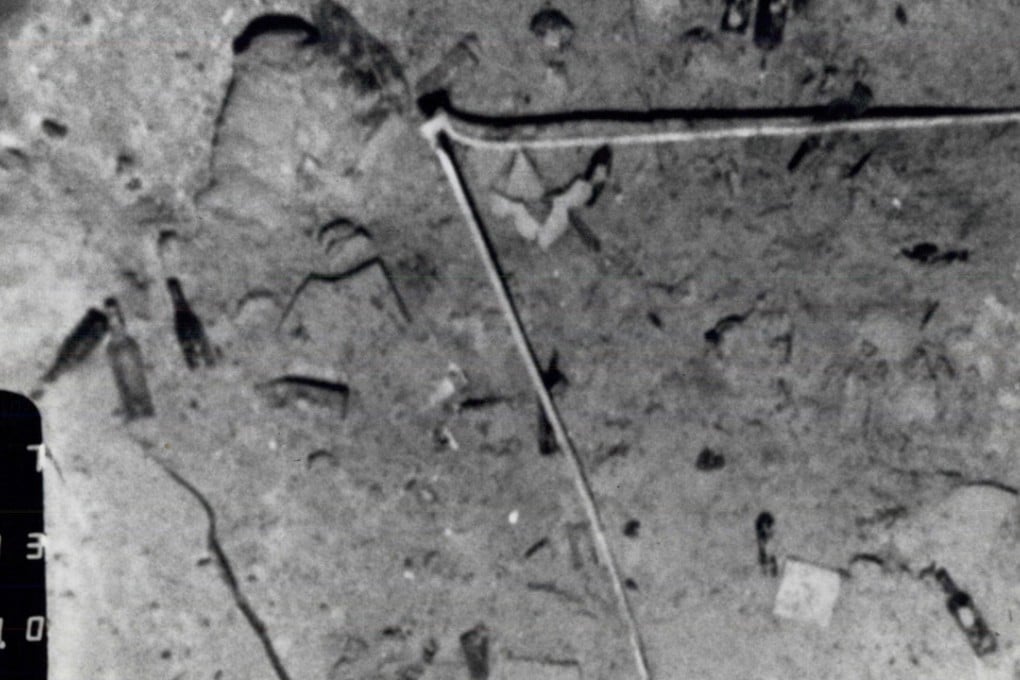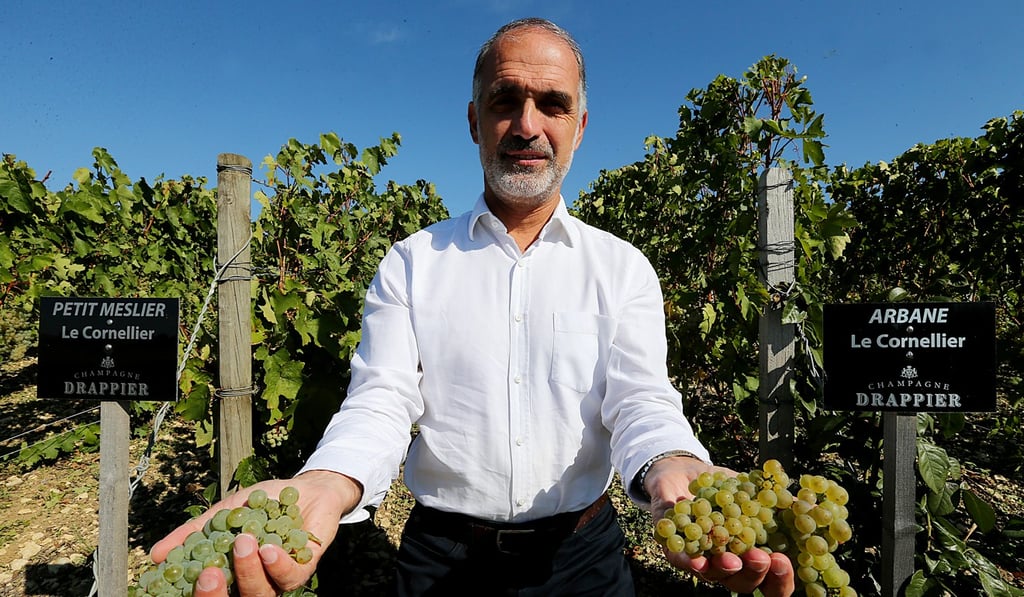The Corkscrew | An underwater winery? Champagne house hits the spot with ocean-aged wine
Immersing bottles in the sea can be an eco-friendly way to age wines

Submerging bottles of wine in the ocean to age them may seem unusualbut, given that it has proved to be an effective technique, one might wonder why it isn’t used more often.
Away from the shore and shallow water, the ocean is quite temperate, even in tropical seas.

Inspired to try new ways of ageing wines, Michel Drappier, of Champagne Drappier, first experimented in the Alps. This proved unsuccessful because high altitude sped up the ageing process, raising the pressure inside the bottle higher than the surrounding environment, resulting in fewer bubbles in the champagne.
Drappier deduced that the ideal depth under the sea would be where the water pressure was equal to the pressure inside the bottle (five to six atmospheres) as there would be no stress on the cork and contents. He found the perfect spot in St Malo bay, in Brittany, France, about 30 metres down, where there is no sunlight and the water has a median temperature of 10 degrees Celsius – the same as his cellars in Champagne.
